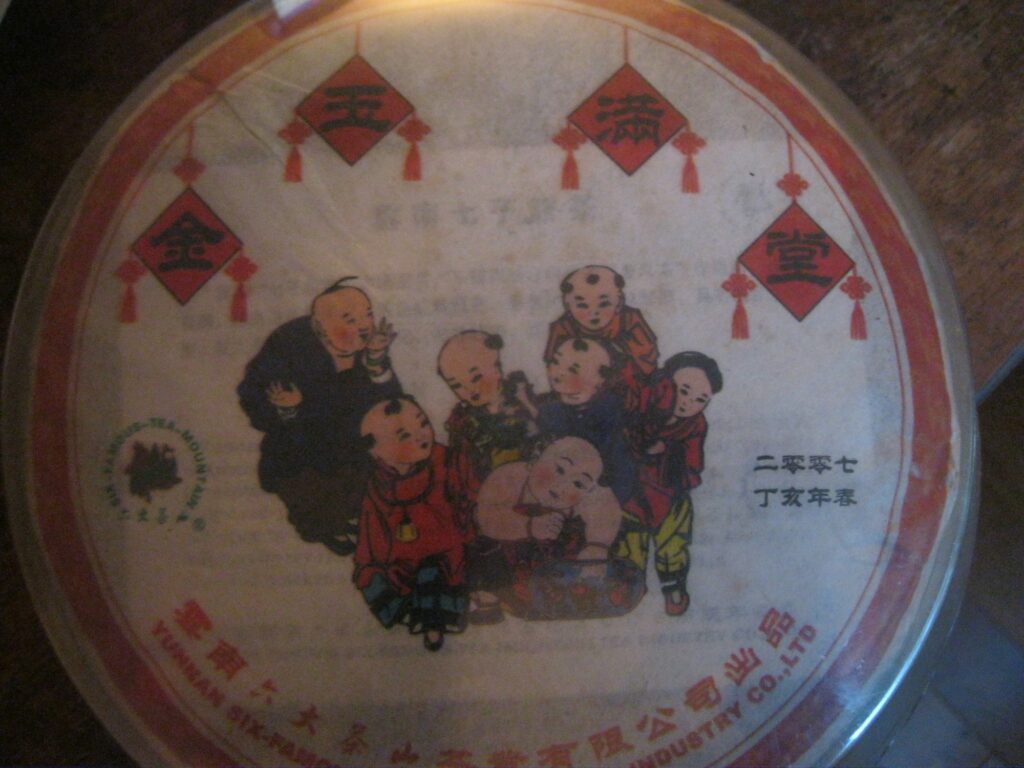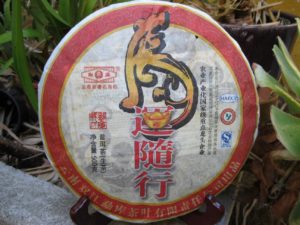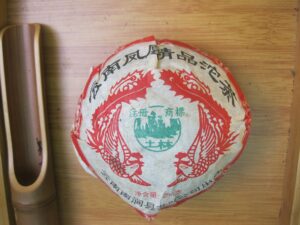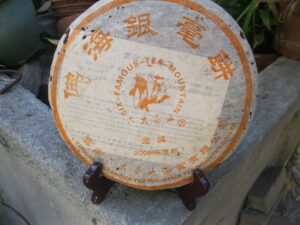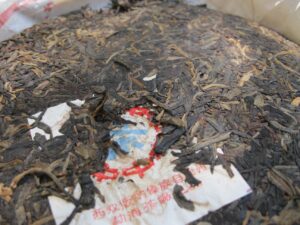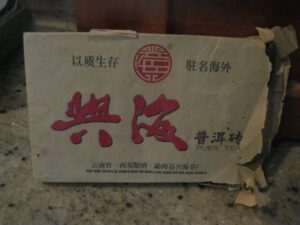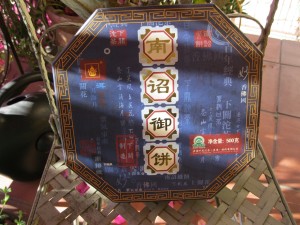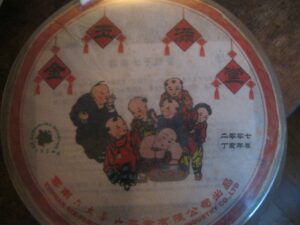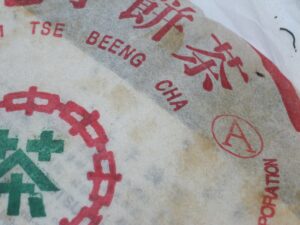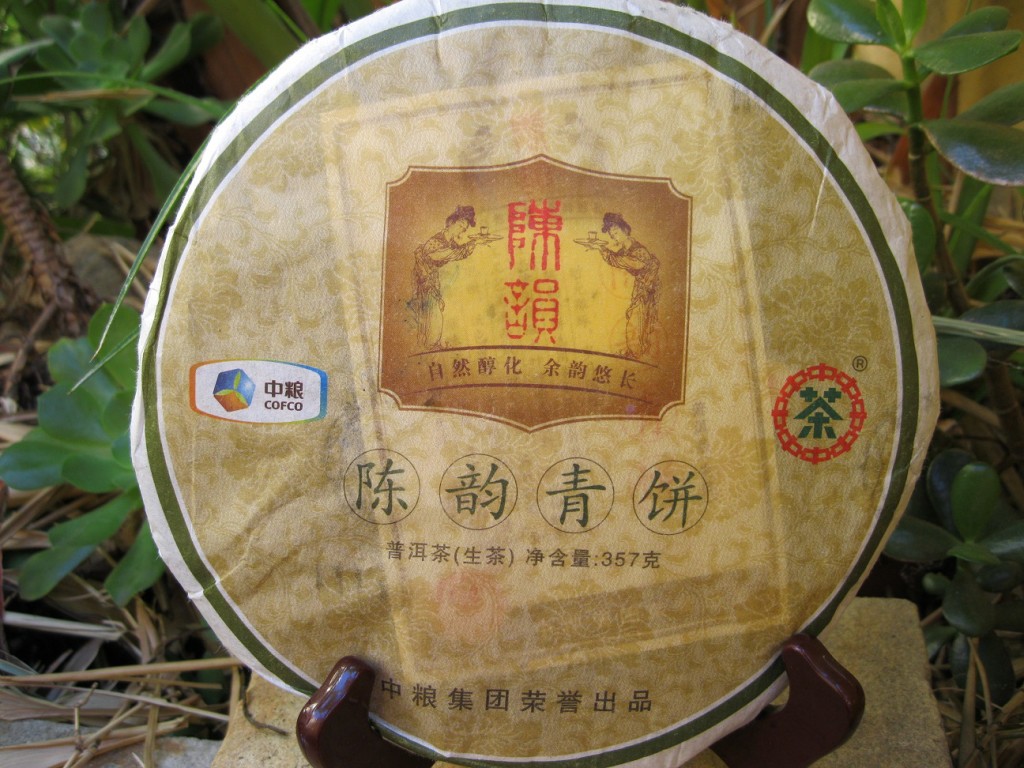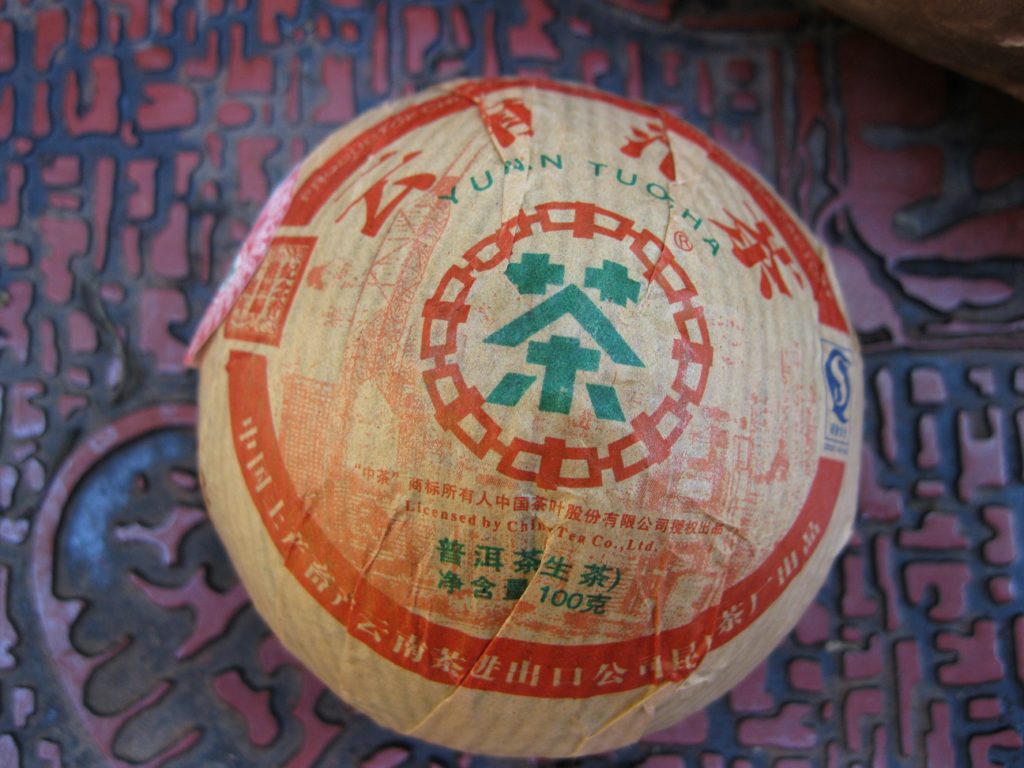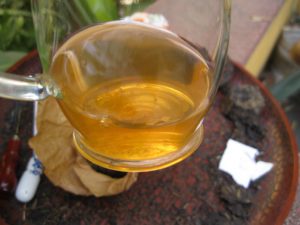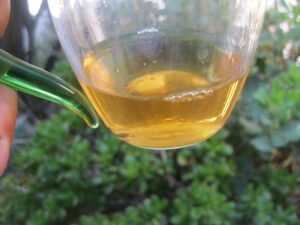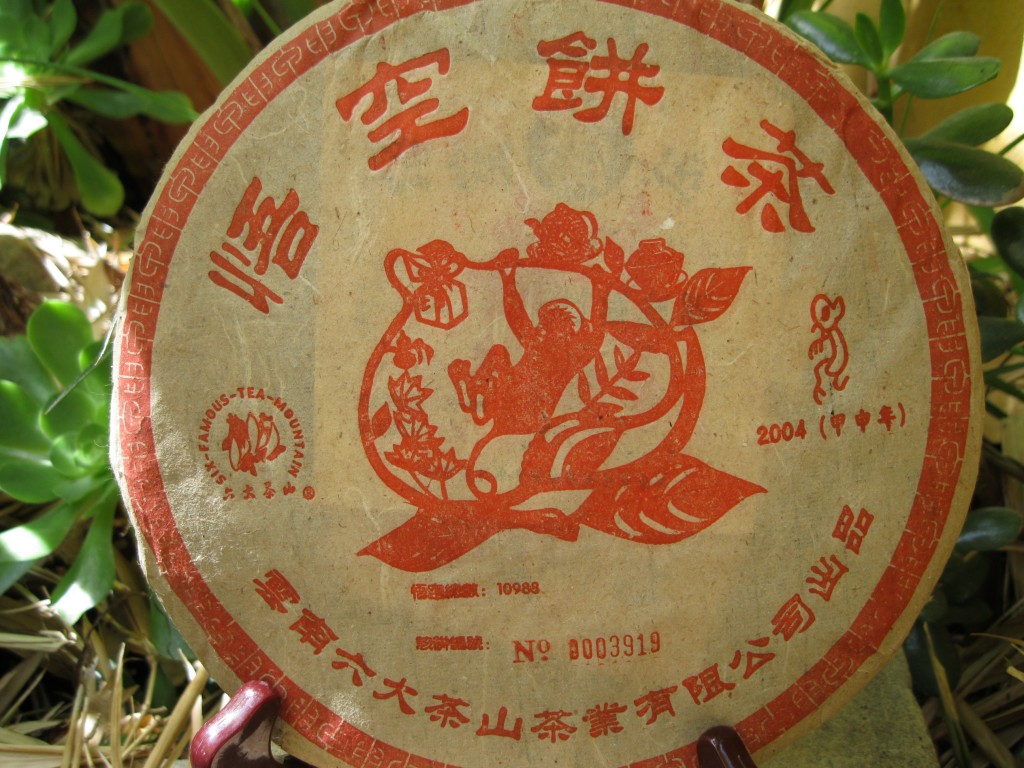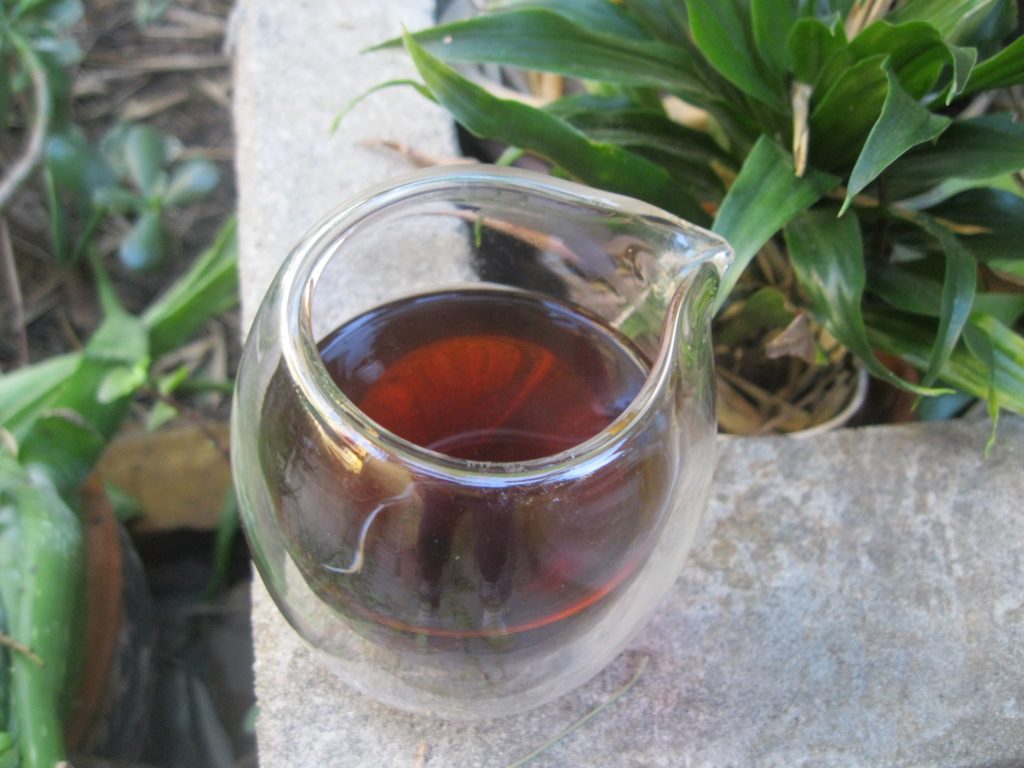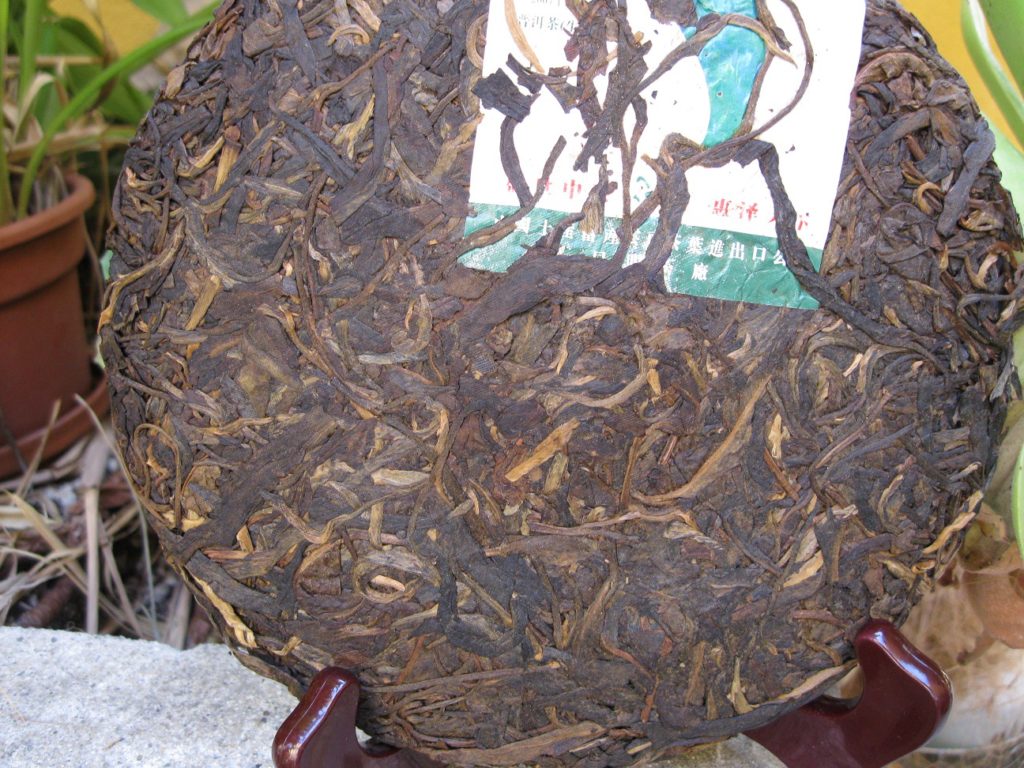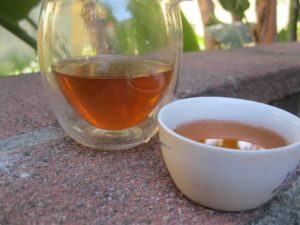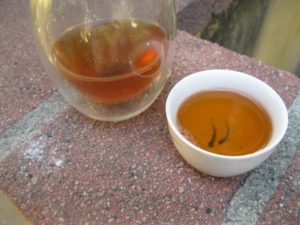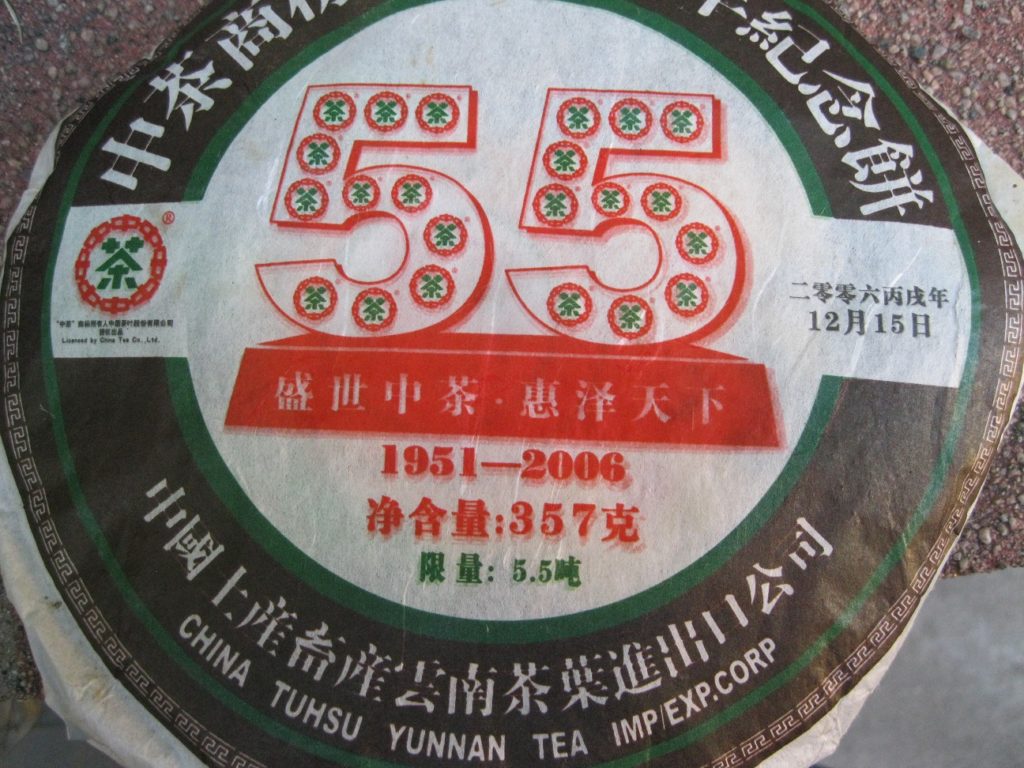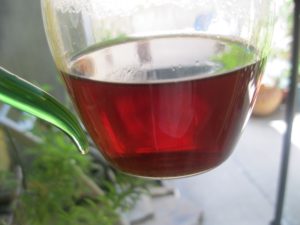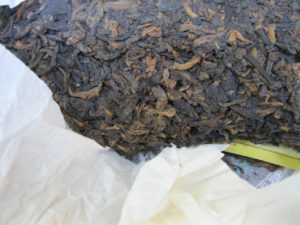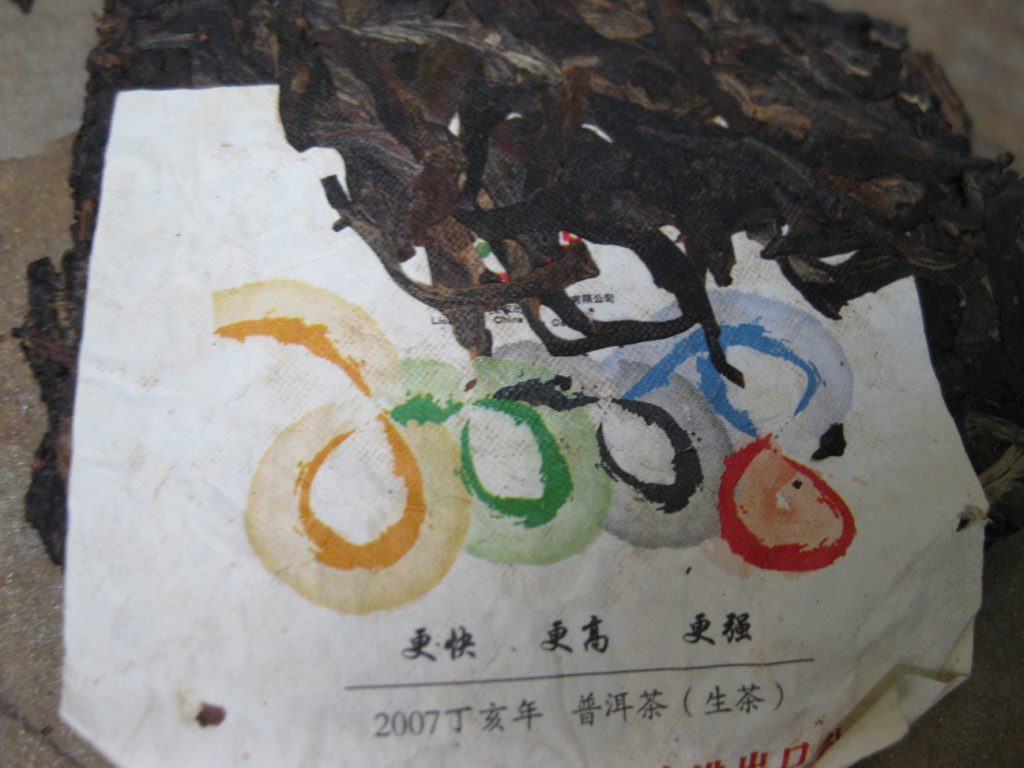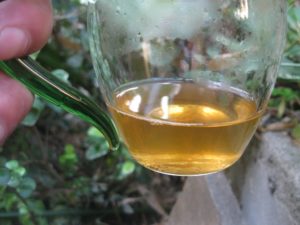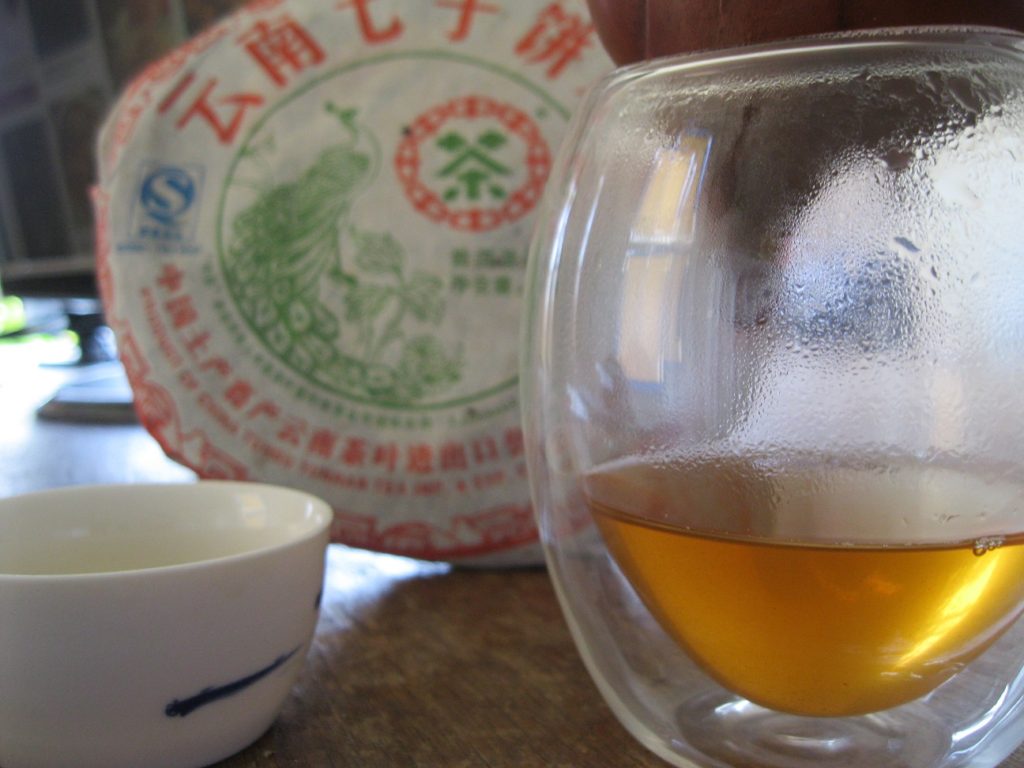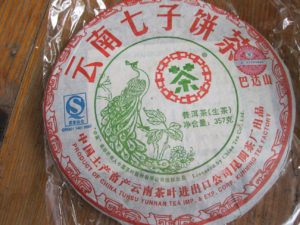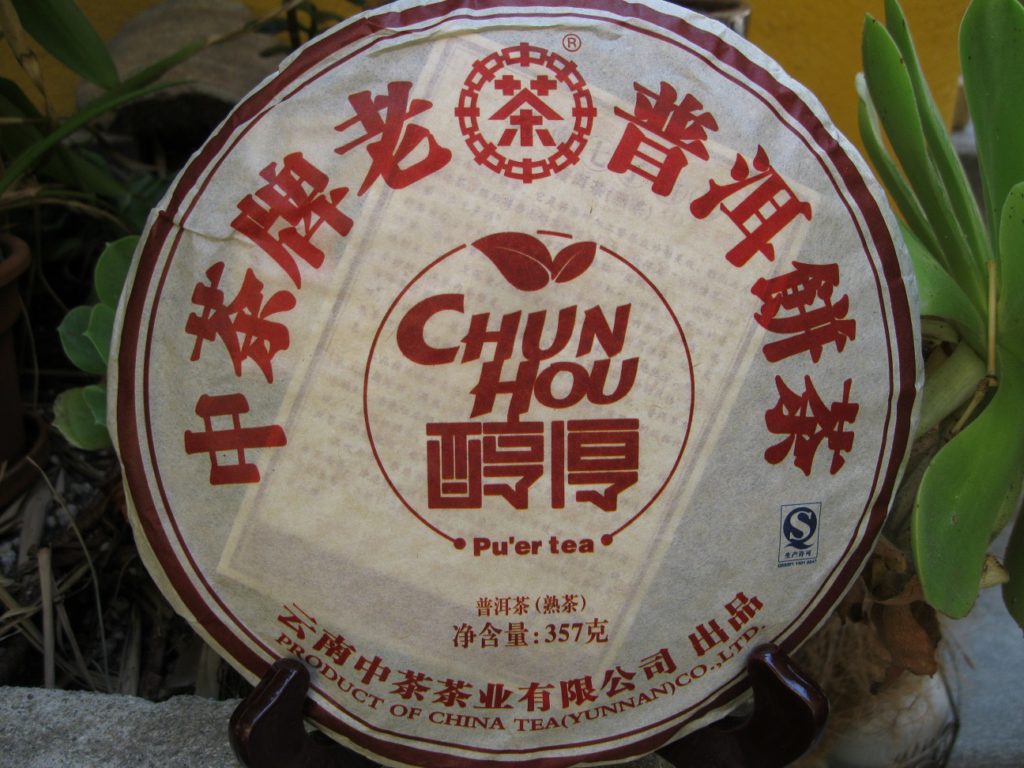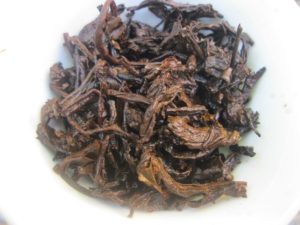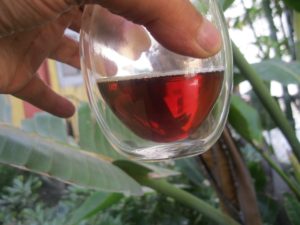Puerh Junky’s First Half of 2020 Best Five Puerh
Just thinking about the puerhs I’m most avoiding drinking because I like them so much, and well because there’s still so many of these other rascals to check up on. I know they say that it’s a bad thing to go by the wrapper; but who are they? Really. I ask. Is anything really even more important in puerh than the wrapper? Really?! I ask. Of course not! So what I’m saying is that below is a listing of the five most irresistible puerh wrappers to my mind over the last six plus months. First the honorable mentions:
Honorable mention #1: ’10 Tiger, MK— They came out with two types of Lunar New Year productions at least this year. I just sold the last one and I’m pretty shaken. I was very proud to have found that wrapper. The raw material of the paper was nothing to sneeze at either. A production aged magnificently with still some sharp floral notes but coated in deep tones that I associate with root beer. Such a find.
Honorable mention #2: ’05 Tulin Tuo 250g– That bastard is pricey. Quite similar to the ’07 6FTM production. Tulin is hands down the most underrated factory. Their paper and boxes are the best around. I’ve had this longer than the ’07 but both are effectively new. Striking is that the ’07 bears maturation a good five to eight years older than to be expected for its size. The ’05 Tulin Tuo is about where you’d expect given good storage.
Honorable mention #3: ’05 Fohai, 6FTM– I have a few of their tuo which are quite old and very bland no matter how long I steep them. This cake is positively one of the best I’ve ever tasted in the floral category. The pitch is high but not sharp. Not perfumy like jasmine, Jingmai, or many spring teas. Sharpness is what I associate with the 6FTM house taste, certainly their Lunar Series. Not this. It’s bright and soft at the same time. Very special. The “Fo” of Fohai is Buddha, so I thought that would be a good wrapper. This puerh easily could have been in the top five but listing the same factory twice starts to look suspicious. Besides, I like productions with darker notes. This is going to be bright floral to its very end.
The “Don’t Even think about it“– I’ve thrown the fake 8582 out of my working memory, even though I’m mentioning it here. Yeah it had the perfect fake wrapper and a great neifei, which is why I bought it. Yes. I only bought a tea for the fake neifei. That qualifies me as faux Puerh Junky, it seems. Anyway, there hasn’t been a person who has not been brought to their knees by the power of its qi. “Luke, I am your father!” I don’t even think about it because I don’t want to feel wistful about not having it around.
And now the list– drum roll
#5 —’12 Ripe Brick, XG— Classic gongting material, this comes on with a rush and vanishes just as quickly. Rich, sweet, Guandong stored, dark red beauty. Wickedly lush body feel.
#4– ’12 Peacock Ripe, LME— LME is my new fav in terms of ripes. I have never detected any vegetal notes. Richness is solid without any paper notes. Sweet without distracting fruitiness. Holds up infusion after infusion.
#3– ’08 Imperial Roots— The three of us were sitting in the kitchen. They were yammering but had the time to remark how very good the tea was. I’m ecstatic watching this XG production mature. It was flawless in my new pot.
#2 — ’07 Lunar Series II, SFTM— I basically just got this and I’m crushed. It screams outside its wrapper, as if doused in gasoline spiked with peppermint. I didn’t know 6FTM could do such things. It’s very naughty. The wrapper is a destroyer!
1. ’02 Green Mark, “GPE”— I don’t know whether my hate or dread is greater. . . actually it’s dread. This is a deadly production also newly acquired. It reminds me of what my ’01 “7532” Du Qiongzhi production is approaching, but this is already there. It’s like drinking tequila. You might not like it but you know the well-crafted stuff compared to the mass product. Come to think of it, this Green Mark is quite a bit like tequila. I had been thinking whiskey. Taste aside, the qi is Mike Tyson. Never had I been knocked out in the first round and the same happened in the rematch the following day. It took me eight days to get through 6g.
The quest for wrapper continues.

